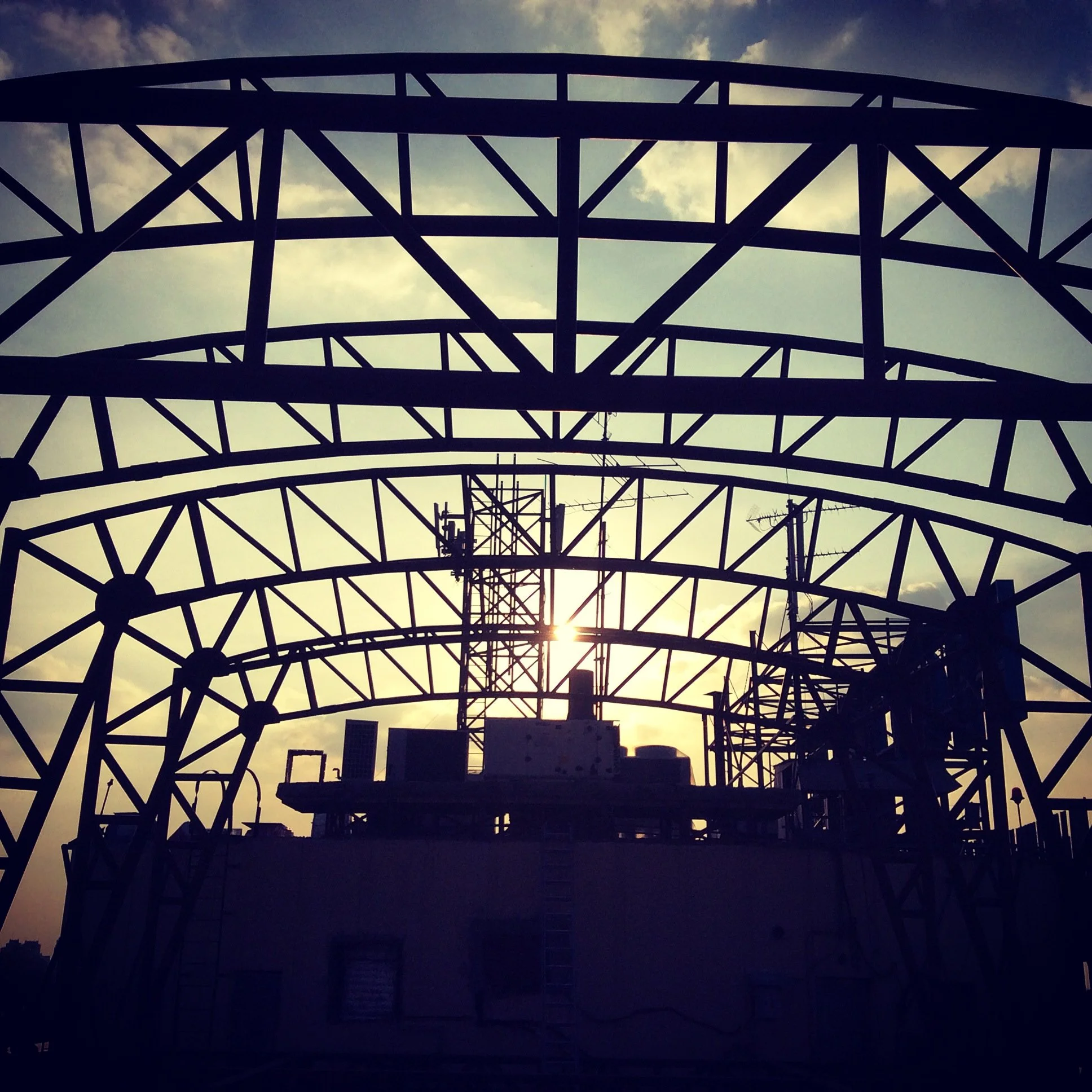Koston Hotel&Malls | XL Lounge, Skybar in Moscow, Russia (2016)
Architectural & Structural Concept
Located at the rooftop level of the Korston Club Hotel in Moscow, LX Lounge was envisioned as a high-end panoramic venue with full-height glazing and a lightweight steel-glass roof structure. The design aimed to dissolve the boundary between interior and skyline, allowing uninterrupted views of Moscow’s urban landscape — including the Kremlin, Luzhniki Stadium, and Moscow State University.

Spatial Composition & Atmosphere
The interior concept was developed around modular seating zones, a central bar, private lounge booths, and an elevated wine and bottle display. Lighting and spatial layering were designed to transition seamlessly between daytime transparency and nighttime ambiance. Glazed partitions and reflective surfaces enhance the perception of depth and openness.
Experience and Identity
The visitor journey was framed as a vertical escape — arriving at the lounge felt like being lifted above the city, immersed in a glass volume that floats above the skyline. Every element was designed to support the identity of LX Lounge as a premium, immersive experience combining structural clarity, spatial elegance, and panoramic drama.
Environmental and Technical Integration
HVAC systems were fully embedded into the ceiling and substructure, avoiding visual clutter. Glazing systems featured selective coatings to reduce solar gain and UV transmission, supporting both occupant comfort and operational efficiency. Lighting scenarios were programmed for adaptive use — from daytime lounge to nighttime club ambiance.
Structural Strategy
The rooftop extension required a highly optimized steel structure to minimize vertical loads and visual obstruction, while maintaining full stability under snow and wind loads typical for Moscow. Rigid columns and custom-designed trusses allowed for wide spans and a clean architectural expression. Structural integration with existing rooftop infrastructure posed additional technical challenges that were resolved through close coordination between architectural and engineering disciplines.


